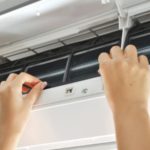Air conditioners not cooling properly is one of the most frustrating issues for users during the hot summer months. In many cases, the cause is extremely simple: dirt and dust buildup over time. Therefore, today’s article will guide you on how to effectively clean your air conditioner at home, just in time for the Lunar New Year holiday.
1 How Often Should You Clean Your Air Conditioner?
Air conditioners are one of the first appliances that need to be cleaned when you’re preparing for a big clean-up. Regular cleaning and maintenance of your air conditioner bring numerous benefits.
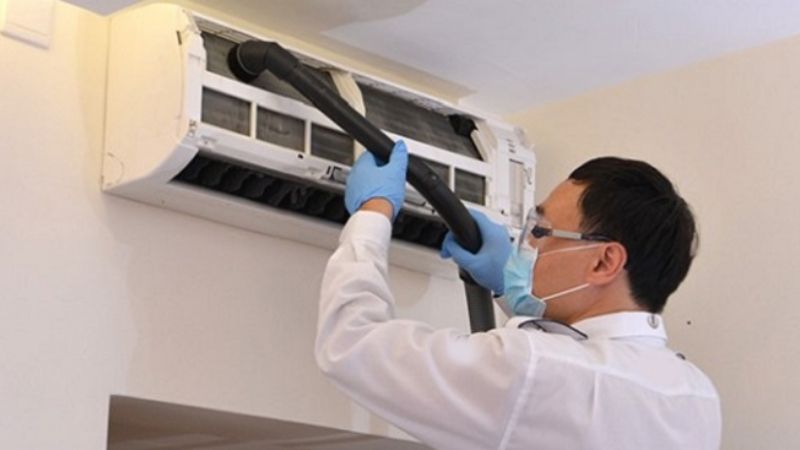 How often should you clean your air conditioner?
How often should you clean your air conditioner?
Besides removing dust and dirt from the air conditioner, improving the indoor air quality, regular cleaning also helps the unit operate more stably, increases its lifespan, and prevents damage caused by dust and dirt buildup.
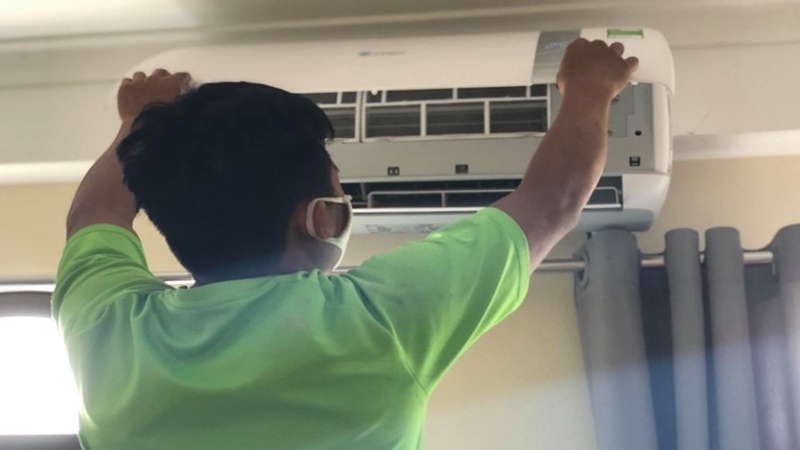 The frequency of cleaning depends on the environment
The frequency of cleaning depends on the environment
The frequency of cleaning your air conditioner also depends on the environment and usage patterns throughout the year, as detailed below:
For households: Air conditioners should be cleaned every 3-4 months (if used daily) or every 6 months (if used 3-4 days a week, averaging 6-8 hours of usage per day).
For companies and restaurants: Clean the air conditioners every 2-3 months, depending on the level of dust and dirt in the environment.
For businesses, factories, and workshops: Monthly inspection and cleaning are recommended as the air conditioners in these environments usually operate continuously at high intensity.
However, for air conditioners operating in dusty environments such as offices, restaurants, factories, or workshops, it is advisable to hire a professional cleaning service for better results.
2 Precautions Before Cleaning Your Air Conditioner at Home
Before inspecting and cleaning your air conditioner at home, please note the following:
- When cleaning the air conditioner, avoid using high-pressure water near the circuit board (located above the compressor) as it may affect the board.
- Avoid exposing the evaporator to direct sunlight for extended periods, as it may damage the circuit board.
 Precautions before cleaning your air conditioner at home
Precautions before cleaning your air conditioner at home
- For air conditioners with valves, set the valve release system to the allowable level (as it cannot be completely sealed shut).
- Additionally, to prevent overheating and damage to the wires, inspect the pipes and valves for any leaks.
- Before cleaning, ensure that the air conditioner is functioning properly. If the unit is faulty or malfunctioning, have it repaired or serviced before proceeding with the cleaning.
3 Step-by-Step Guide to Cleaning Your Air Conditioner at Home
Step 1 Prepare the Necessary Tools
To effectively clean your air conditioner, you will need the following equipment:
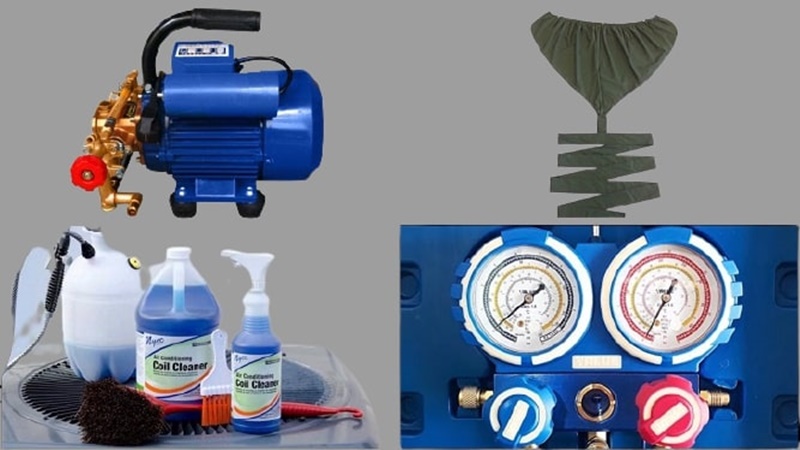 Tools for cleaning your air conditioner
Tools for cleaning your air conditioner
– Air conditioner cleaning pump
– Air conditioner cleaning bag
– Air conditioner cleaning spray
– Specialized gas pressure gauge (if you want to check for gas leaks or low gas levels)
– Other cleaning tools such as air conditioner brushes
Step 2 Turn Off the Power to the Air Conditioner
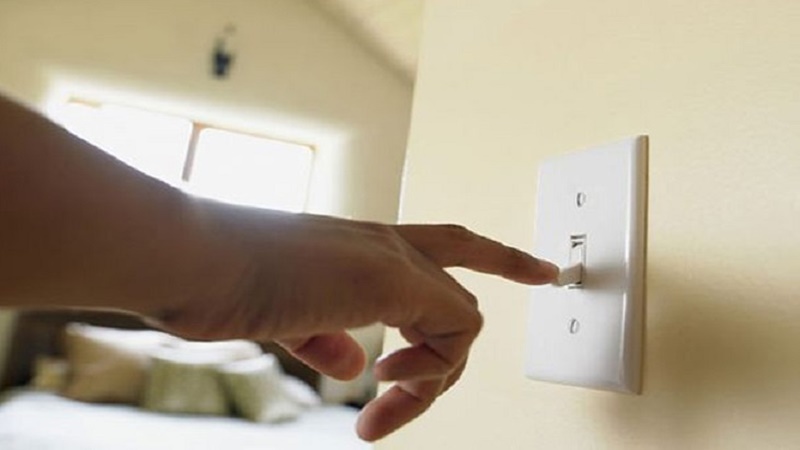 Turn off the power to the air conditioner
Turn off the power to the air conditioner
For safety, disconnect all power sources to the air conditioner before starting the inspection and cleaning process.
Step 3 Clean the Evaporator
First, remove the air circulation fan. Then, open the air conditioner cover from bottom to top and take out the dust filter.
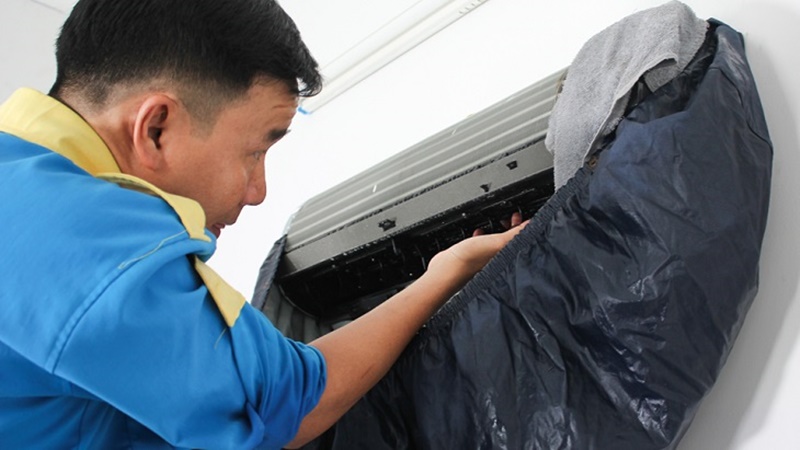 Cleaning the evaporator
Cleaning the evaporator
Use a screwdriver to remove the screws securing the cover on the evaporator. Then, check for insects or rivets inside the evaporator. If found, clean them out to improve cold air circulation.
Use the air conditioner cleaning bag to cover the entire body of the unit, preventing water from splashing onto the floor. Next, use the spray nozzle and air conditioner cleaning spray to clean the components of the evaporator.
Step 4 Clean the Condenser
For the condenser, simply remove the protective cover from the front of the unit and rinse it. Then, clean the fan blades and dusty corners inside. Afterward, use a dry cloth to wipe down the entire condenser until there is no water or moisture left.
Step 5 Check the Air Conditioner Gas
In addition to cleaning the air conditioner, you should also periodically check the gas pressure to detect any leaks using a specialized gas pressure gauge.
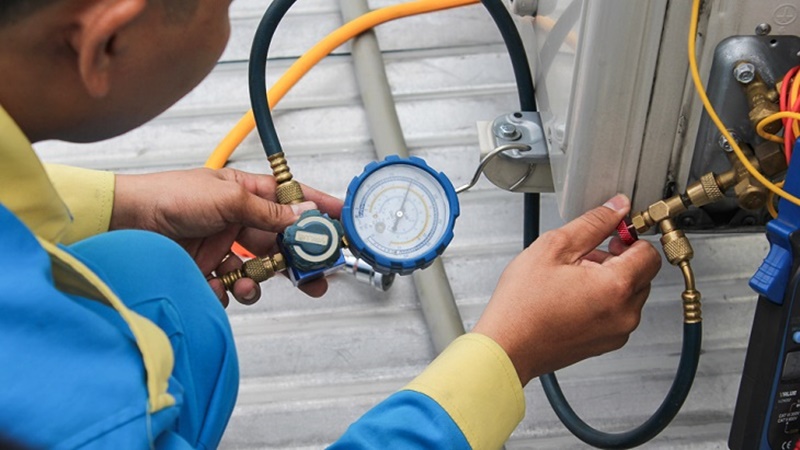 Checking the air conditioner gas
Checking the air conditioner gas
If you detect a gas leak or low gas levels, you can either fix it yourself or contact a professional gas refill service at an authorized dealer to ensure gas quality.
Step 6 Reassemble the Air Conditioner Parts
 Reassembling the air conditioner parts
Reassembling the air conditioner parts
Before reassembling the parts of the condenser and evaporator, ensure they are completely dry, with no water or moisture remaining. Then, reinstall the parts in the reverse order of disassembly.
Step 7 Test and Operate the Air Conditioner
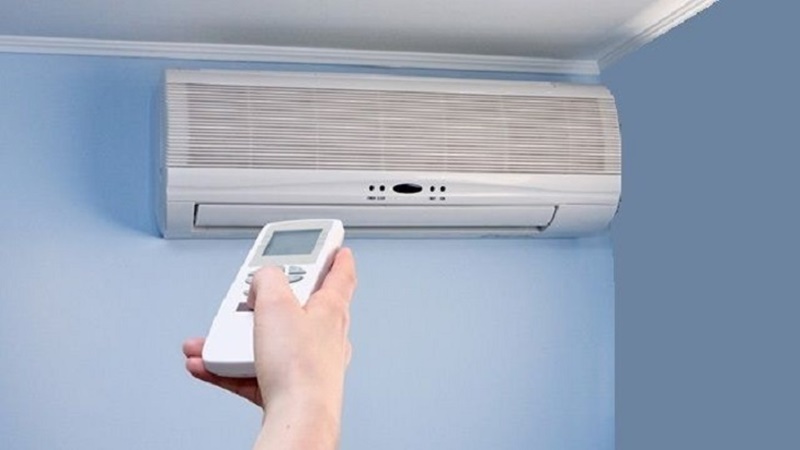 Testing and operating the air conditioner
Testing and operating the air conditioner
Finally, plug in the power and restart the air conditioner to check if it is functioning normally. If the unit operates smoothly without any abnormal signs, you have successfully completed the inspection and cleaning process.
4 How to Inspect Your Air Conditioner Before Cleaning
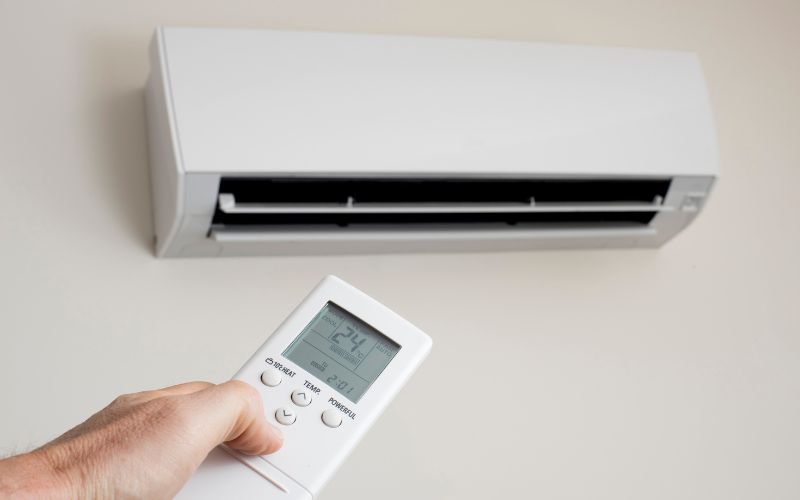 How to inspect your air conditioner before cleaning
How to inspect your air conditioner before cleaning
The above is a comprehensive guide to cleaning your air conditioner at home, without needing to call a technician. Hopefully, this article has helped you learn how to properly clean your air conditioner yourself.





























